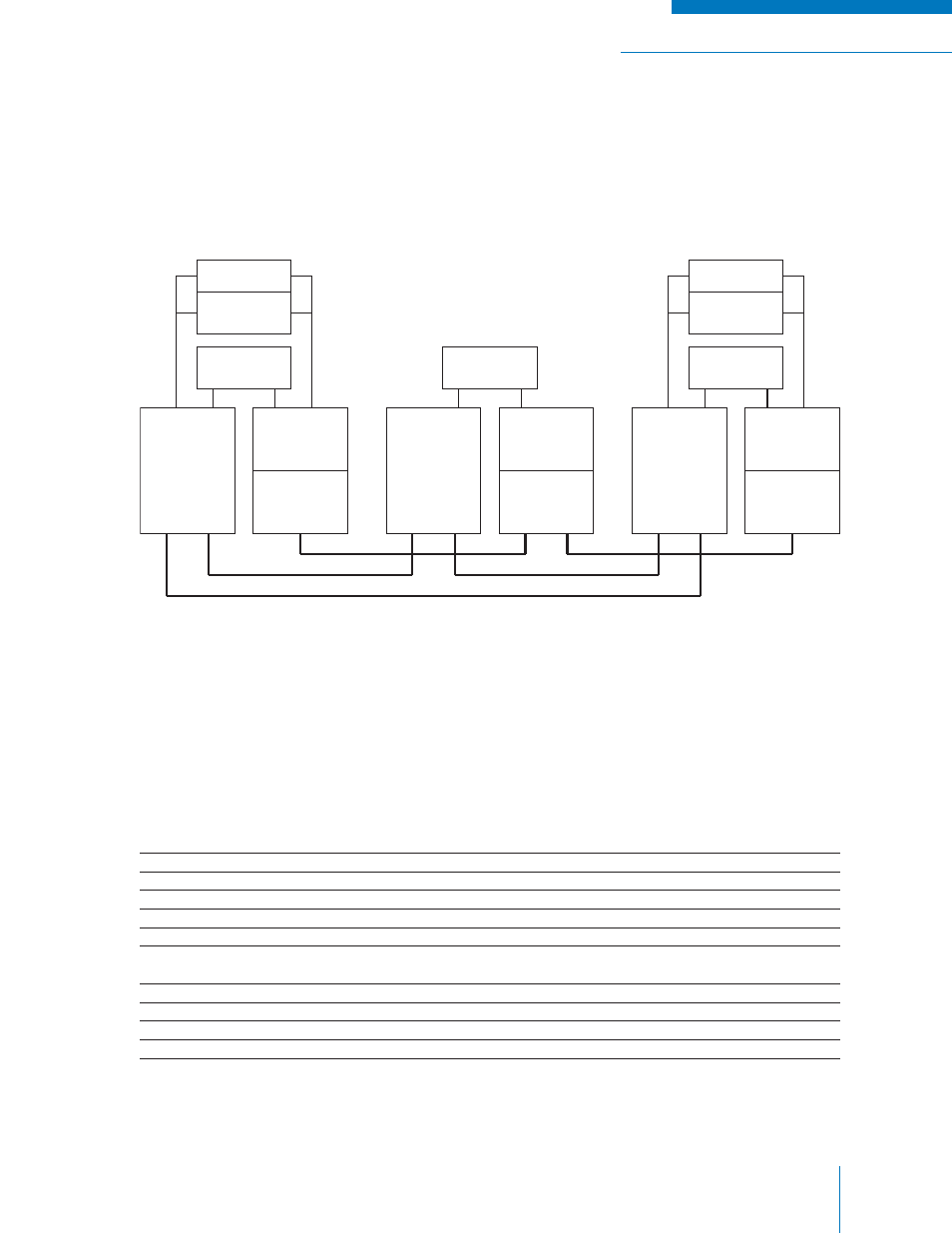Phase 2 tdma common air interface layers, Subscriber, Rf sub-system – Codan Radio P25 Training Guide User Manual
Page 99

P25 RADIO SYSTEMS | TRAINING GUIDE
Chapter 7: P25 Phase 2 Page 91
PHASE 2 TDMA COMMON AIR INTERFACE LAYERS
The P25 Phase 2 two-slot TDMA CAI is divided into two layers, the Media Access Control Layer (MAC),
and the Physical Layer (PHY). The MAC and PHY are shown in Figure 7-6.
Figure 7-6: P25 Two-Slot TDMA Protocol Model
A P25 Phase 2 (U
m2
) system also supports a Phase 1 (U
m
) FDMA CAI for the control channel and direct
unit to unit calling (bypassing the RF Sub-System).
Common functions that operate in both Phase 1 and Phase 2 include voice, encryption and trunking
control. The voice information is vocoded using the half-rate vocoder for TDMA and the full rate
vocoder for FDMA. If optional encryption is enabled, the encryption is applied to the vocoded voice
information to provide encrypted voice service through either the FDMA CAI or the two-slot TDMA CAI.
The trunking control functions are transmitted through the Phase 1 FDMA control channel or as MAC
Protocol Data Units (PDUs) in the Phase 2 two-slot TDMA CAI.
The MAC layer defi nes the:
synchronization and timing
management of time slots and channel sequencing
encryption support
trunking control
access procedures
The PHY layer defi nes the:
modulation
TDMA transmission formats
pulsed transmission ramp-up and ramp-down
TDMA burst structure
Vocoder
Optional
Encryption
Trunking
Control
FDMA
(Voice and
Data Traffic
Channel or
Control
Channel)
TDMA
MAC
Layer
TDMA
PHY
Layer
Subscriber
Vocoder
Optional
Encryption
Trunking
Control
TDMA
MAC
Layer
TDMA
PHY
Layer
Subscriber
Trunking
Control
FDMA
(Control
Channel)
TDMA
MAC
Layer
TDMA
PHY
Layer
RF Sub-System
P25 Phase 1 (U
m
)
P25 Phase 1 (U
m
)
P25 Phase 1 (U
m
)
P25 Phase 2 (U
m2
)
P25 Phase 2 (U
m2
)
FDMA
(Voice and
Data Traffic
Channel or
Control
Channel)